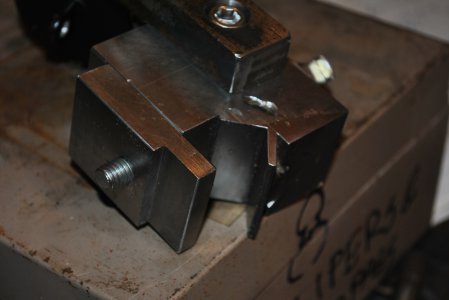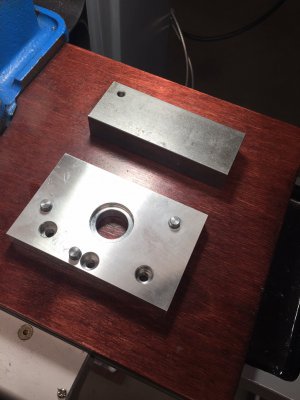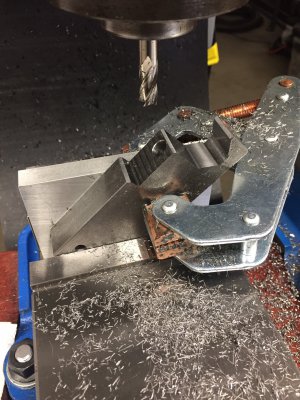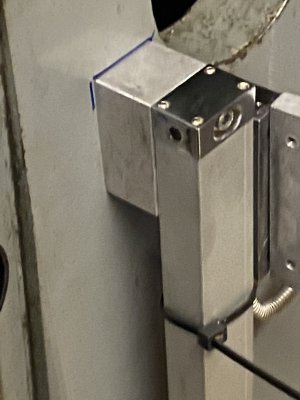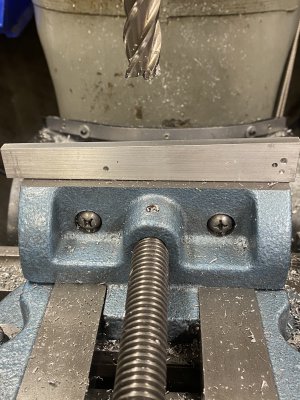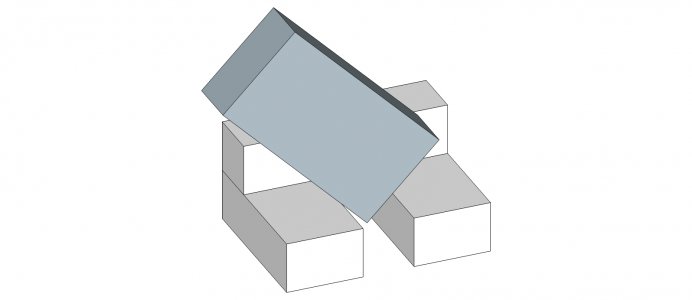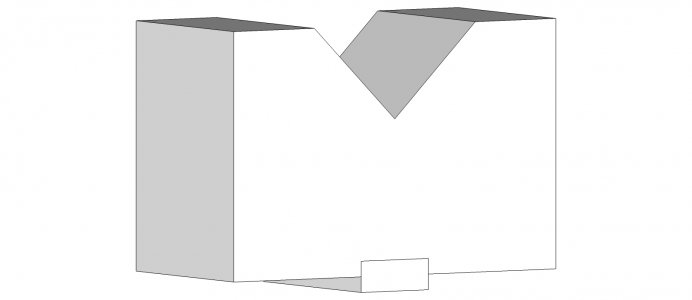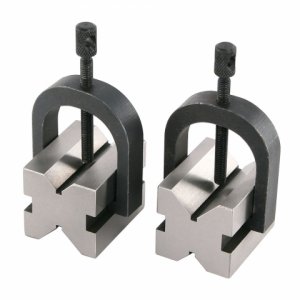I need a little advice on how to set up a 45 degree angle. I'm making a V-block and need to tip it 45 degrees to make the cut for the vee. I have a V-block, but it's too big for the vise on my mill. I would normally borrow a 45 degree v-block from work, but that's not possible due to the Plague. So, I'm wondering what other options I have.
OPTIONS:
1. I saw this:
https://www.ebay.com/itm/Toolmaker-...484553?hash=item5227a5a1c9:g:Tm4AAOSwPW9dy6NJ and thought it might be a good tool to have. Thoughts?
2. I could use a protractor and and tilting vise and line up the mill cutter and the part so they are 45 degrees. Not sure how accurate I can be with this, though.
3. Use one of those digital angle finders used by woodworkers on table saws. Bot sure if these are accurate enough, though. They are +/- 0.1 degrees.
4. Use a sine plate. I've never used one, but this might be the time to learn.
Thanks!
